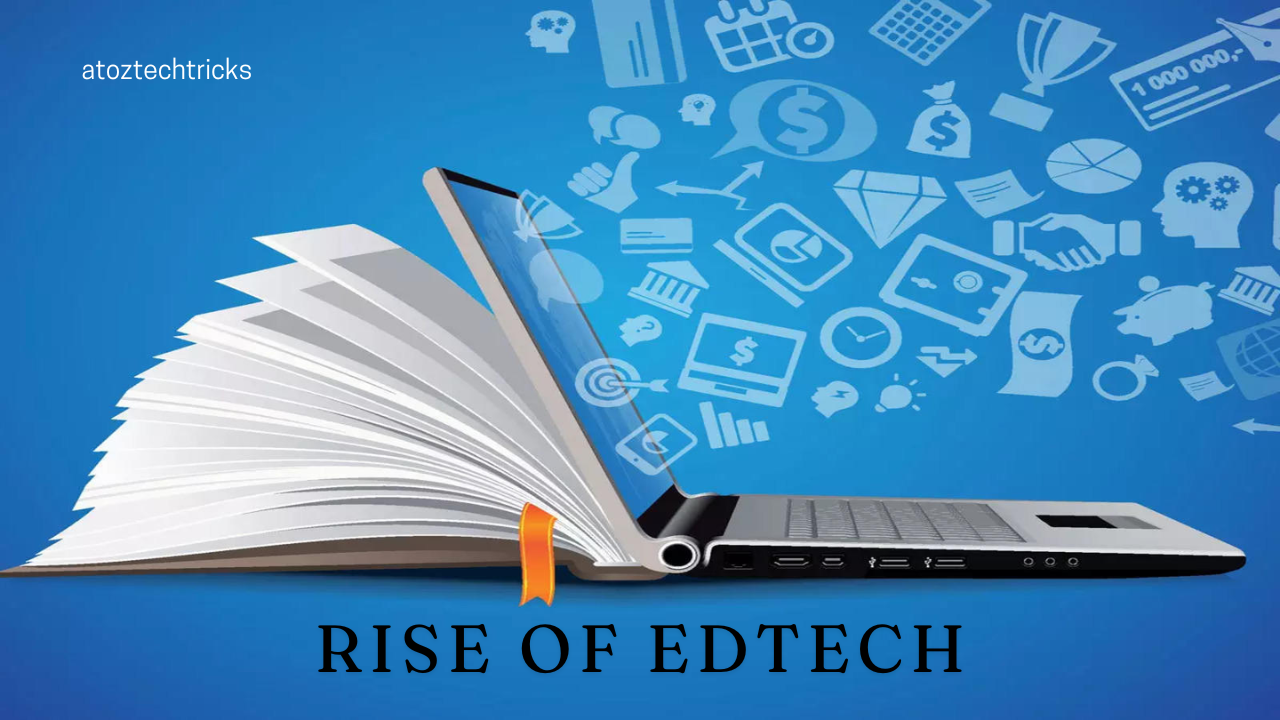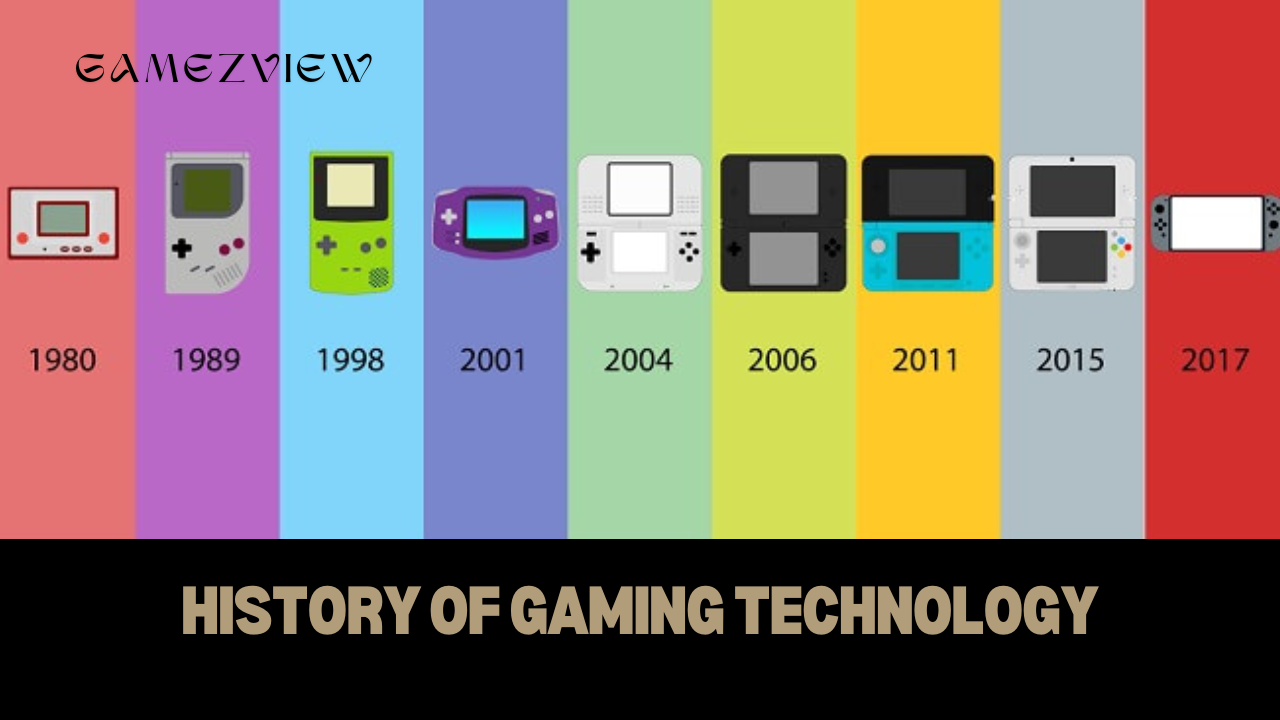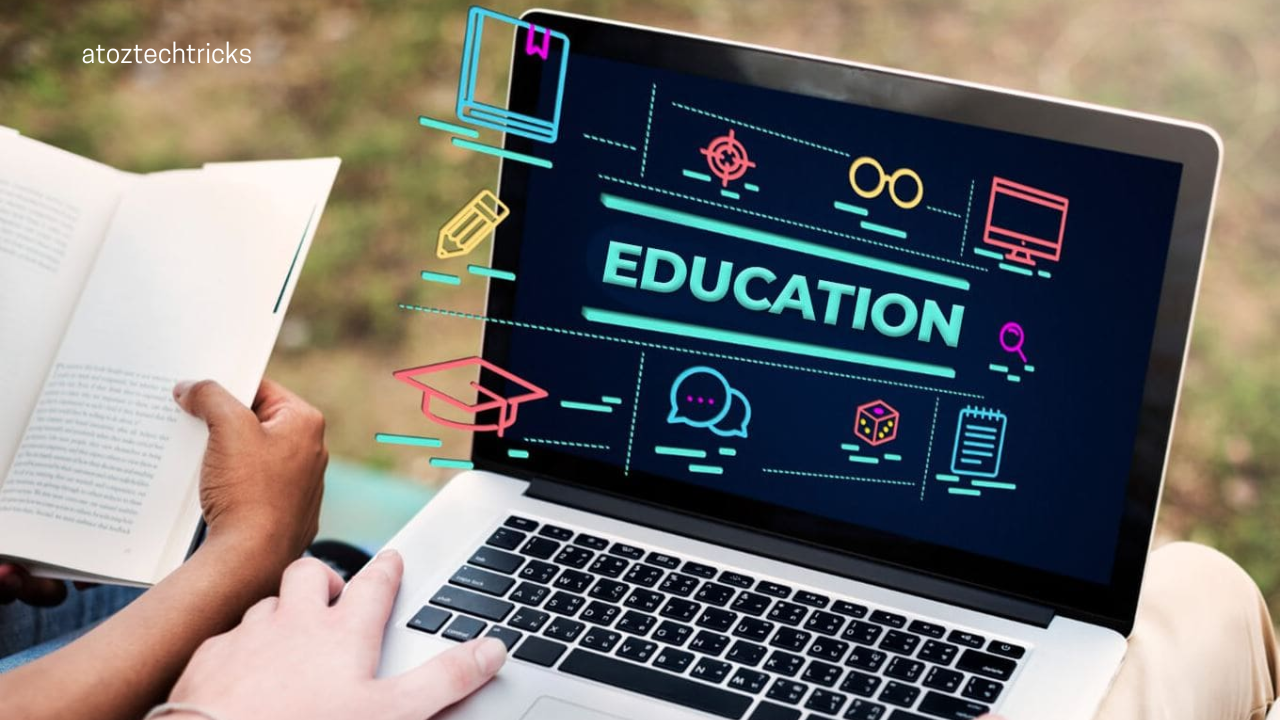Education has always been a cornerstone of societal development, shaping individuals and communities for centuries. However, the digital revolution has dramatically transformed the landscape of education, leading to the rise of educational technology, or EdTech. This sector encompasses a wide range of tools and practices that leverage technology to enhance teaching and learning experiences. From interactive learning platforms to AI-driven educational solutions, EdTech is reshaping how we approach education, making it more accessible, personalized, and effective. This article explores the rise of EdTech, its impact on education, and the future possibilities it holds.
The Evolution of EdTech
The concept of integrating technology into education is not new. The use of educational tools dates back to the invention of the chalkboard and the overhead projector. However, the advent of the internet and digital technologies has revolutionized EdTech, leading to unprecedented changes in educational practices.
How Digital Transformation is Impacting Traditional Industries
- Early Beginnings: Radio and Television
The use of radio and television in education began in the early 20th century. These media offered educational programs and lectures to a broader audience, providing an early example of technology’s potential to enhance learning. Although limited by their one-way communication format, these tools set the stage for more interactive technologies.
- The Advent of Computers and the Internet
The real turning point in EdTech came with the development of computers and the internet. In the 1980s and 1990s, educational software and early online resources began to emerge. Programs like Logo introduced students to programming concepts, while platforms like the University of Phoenix offered online courses, paving the way for distance learning.
- The Rise of Web 2.0
The early 2000s marked the rise of Web 2.0, characterized by user-generated content and interactive web applications. This era saw the emergence of online learning platforms, social media, and collaborative tools. Websites like Wikipedia allowed students to access and contribute to a vast repository of knowledge, while platforms like Moodle and Blackboard facilitated online course management and virtual classrooms.
- The Modern Era: AI and Personalized Learning
Today, EdTech is characterized by the integration of artificial intelligence (AI), machine learning, and advanced data analytics. These technologies enable personalized learning experiences, adaptive learning systems, and intelligent tutoring. The rise of virtual reality (VR) and augmented reality (AR) further enhances the educational experience by providing immersive and interactive learning environments.
Impact of EdTech on Education
The impact of EdTech on education is profound, affecting various aspects of the learning process. Here, we explore some of the key ways in which technology is changing education.
- Accessibility and Inclusivity
One of the most significant benefits of EdTech is its ability to make education more accessible and inclusive. Online learning platforms and digital resources enable students from diverse backgrounds and geographic locations to access quality education. This is particularly beneficial for students in remote areas or those with disabilities who may face barriers in traditional educational settings.
For example, platforms like Khan Academy and Coursera offer free or low-cost courses on a wide range of subjects, allowing learners to acquire new skills and knowledge regardless of their location. Additionally, tools like screen readers and speech-to-text software help students with visual or hearing impairments engage with educational content more effectively.
- Personalized Learning
Technology has made it possible to tailor educational experiences to individual needs and preferences. Adaptive learning platforms use data analytics and AI to assess students’ strengths and weaknesses, providing personalized learning paths and resources. This approach allows learners to progress at their own pace, receive targeted support, and achieve better outcomes.
For instance, platforms like DreamBox and Smart Sparrow use adaptive algorithms to adjust the difficulty of exercises based on students’ performance, ensuring that they are continually challenged while receiving the support they need to succeed.
- Enhanced Engagement and Motivation
EdTech tools often incorporate gamification, interactive simulations, and multimedia elements to make learning more engaging and motivating. By integrating elements of play and competition, educational technology can increase students’ interest and participation in their studies.
Games like Kahoot! and Quizlet transform traditional review activities into interactive quizzes and flashcards, while VR applications like Google Expeditions offer virtual field trips that bring abstract concepts to life. These tools help create a more dynamic and stimulating learning environment.
- Data-Driven Insights
The integration of data analytics in EdTech provides valuable insights into student performance and learning outcomes. Educators can use data to monitor progress, identify trends, and make informed decisions about instructional strategies. This data-driven approach helps improve teaching practices and enhances the overall effectiveness of educational programs.
Learning management systems (LMS) like Canvas and Blackboard collect and analyze data on student engagement, assignment submissions, and test results, allowing educators to identify areas where students may be struggling and adjust their approaches accordingly.
- Collaboration and Communication
Technology has transformed how students and educators collaborate and communicate. Online forums, video conferencing, and collaborative tools facilitate real-time interactions and group work, bridging the gap between in-person and remote learning.
Tools like Google Classroom and Microsoft Teams enable educators to create virtual classrooms, share resources, and facilitate discussions. Students can collaborate on projects, participate in group discussions, and receive feedback from peers and instructors, enhancing their learning experience.
Challenges and Considerations
Despite the many benefits of EdTech, some challenges and considerations need to be addressed. These include issues related to equity
, privacy, and the effectiveness of technology in achieving educational goals.
- Equity and Access
While EdTech has the potential to improve accessibility, it can also exacerbate existing inequalities. Not all students have equal access to technology, which can create a digital divide between those with and without reliable internet connections or up-to-date devices. Schools and educators must work to ensure that all students have the resources they need to benefit from digital learning tools.
Initiatives such as the ConnectED program in the United States aim to address these disparities by providing funding for technology and internet access in underserved schools. Additionally, organizations like the Digital Divide Institute work to promote digital inclusion and bridge the gap between different socioeconomic groups.
- Privacy and Data Security
The collection and use of student data raise important privacy and security concerns. Educational technology often relies on collecting and analyzing data to personalize learning and track progress. However, this data must be protected to prevent unauthorized access and misuse.
Schools and EdTech providers need to implement robust data protection measures and comply with regulations such as the Family Educational Rights and Privacy Act (FERPA) and the General Data Protection Regulation (GDPR). Transparent privacy policies and secure data storage practices are essential to safeguarding students’ personal information.
- Effectiveness and Pedagogical Integration
The effectiveness of EdTech tools can vary, and their successful implementation depends on how well they are integrated into the educational curriculum. Technology should complement, not replace, effective teaching practices. Educators need to be trained in using digital tools effectively and ensuring that they align with learning objectives.
Research into the impact of EdTech on learning outcomes is ongoing, and while many studies highlight positive effects, others suggest that technology alone does not guarantee improved educational results. The key is to use technology thoughtfully and in conjunction with proven pedagogical strategies.
- Over-Reliance on Technology
There is a risk of over-relying on technology at the expense of other important aspects of education. While digital tools can enhance learning, they should not overshadow the value of face-to-face interactions, critical thinking, and hands-on experiences. Balancing technology with traditional educational methods is crucial to creating a well-rounded learning environment.
Educators must strive to use technology as a means to support and enrich the learning process rather than as a substitute for fundamental educational practices. This balance helps ensure that students develop a range of skills and competencies.
Future Directions in EdTech
The future of EdTech holds exciting possibilities as technology continues to advance and integrate into educational practices. Here are some emerging trends and innovations that are likely to shape the future of education:
- Artificial Intelligence and Machine Learning
AI and machine learning are expected to play an increasingly significant role in education. These technologies can provide more sophisticated adaptive learning systems, automate administrative tasks, and offer intelligent tutoring that responds to students’ individual needs.
For example, AI-driven platforms like Squirrel AI and Carnegie Learning use machine learning algorithms to create personalized learning experiences and provide real-time feedback. As AI continues to evolve, it has the potential to revolutionize how educational content is delivered and assessed.
- Virtual and Augmented Reality
VR and AR technologies are transforming the way students interact with educational content. Virtual reality can create immersive simulations and virtual field trips, allowing students to explore complex concepts and environments in a hands-on way. Augmented reality enhances learning by overlaying digital information onto the physical world.
Applications like Google Expeditions and Labster offer virtual lab experiences and interactive lessons that bring abstract concepts to life. As VR and AR technologies become more accessible, they will likely become integral components of the educational experience.
- Blockchain for Education
Blockchain technology, known for its use in cryptocurrencies, is also making inroads into education. Blockchain can offer secure and transparent ways to manage academic records, credentials, and achievements. This technology has the potential to simplify the verification process for diplomas and certificates, reduce fraud, and enhance data security.
For instance, institutions like MIT and the University of Nicosia have experimented with blockchain-based credentials, allowing graduates to share verified records of their achievements with employers and educational institutions.
- Gamification and Interactive Learning
Gamification and interactive learning continue to be popular trends in EdTech. By incorporating game-like elements into educational activities, these approaches aim to increase student engagement and motivation. Interactive simulations, quizzes, and educational games provide opportunities for active learning and problem-solving.
Platforms like Duolingo use gamification to teach languages, while interactive tools like Kahoot! make review sessions more engaging. As technology evolves, we can expect even more innovative ways to integrate gamification into the learning process.
- Adaptive Learning and Data Analytics
The use of data analytics and adaptive learning systems will continue to grow. These technologies allow educators to tailor instruction based on real-time data, identify learning gaps, and provide targeted support. As data-driven insights become more refined, they will enable more precise and effective personalization of the learning experience.
Companies like Pearson and McGraw-Hill are already incorporating adaptive learning technologies into their platforms, and ongoing advancements in data analytics will further enhance the ability to meet individual learning needs.
The rise of EdTech represents a transformative shift in education, driven by technological advancements that offer new opportunities for learning and teaching. From increasing accessibility and personalizing learning to enhancing engagement and providing data-driven insights, EdTech is reshaping the educational landscape in profound ways.
However, the integration of technology into education also presents challenges, including issues related to equity, privacy, and the effective use of digital tools. Addressing these challenges while leveraging the benefits of technology is crucial for creating an inclusive and effective educational environment.
Looking ahead, the future of EdTech is bright, with emerging trends such as AI, VR, blockchain, and gamification promising to further revolutionize the way we learn. By embracing these innovations and balancing technology with traditional educational methods, we can harness the full potential of EdTech to improve educational outcomes and prepare students for a rapidly changing world.






